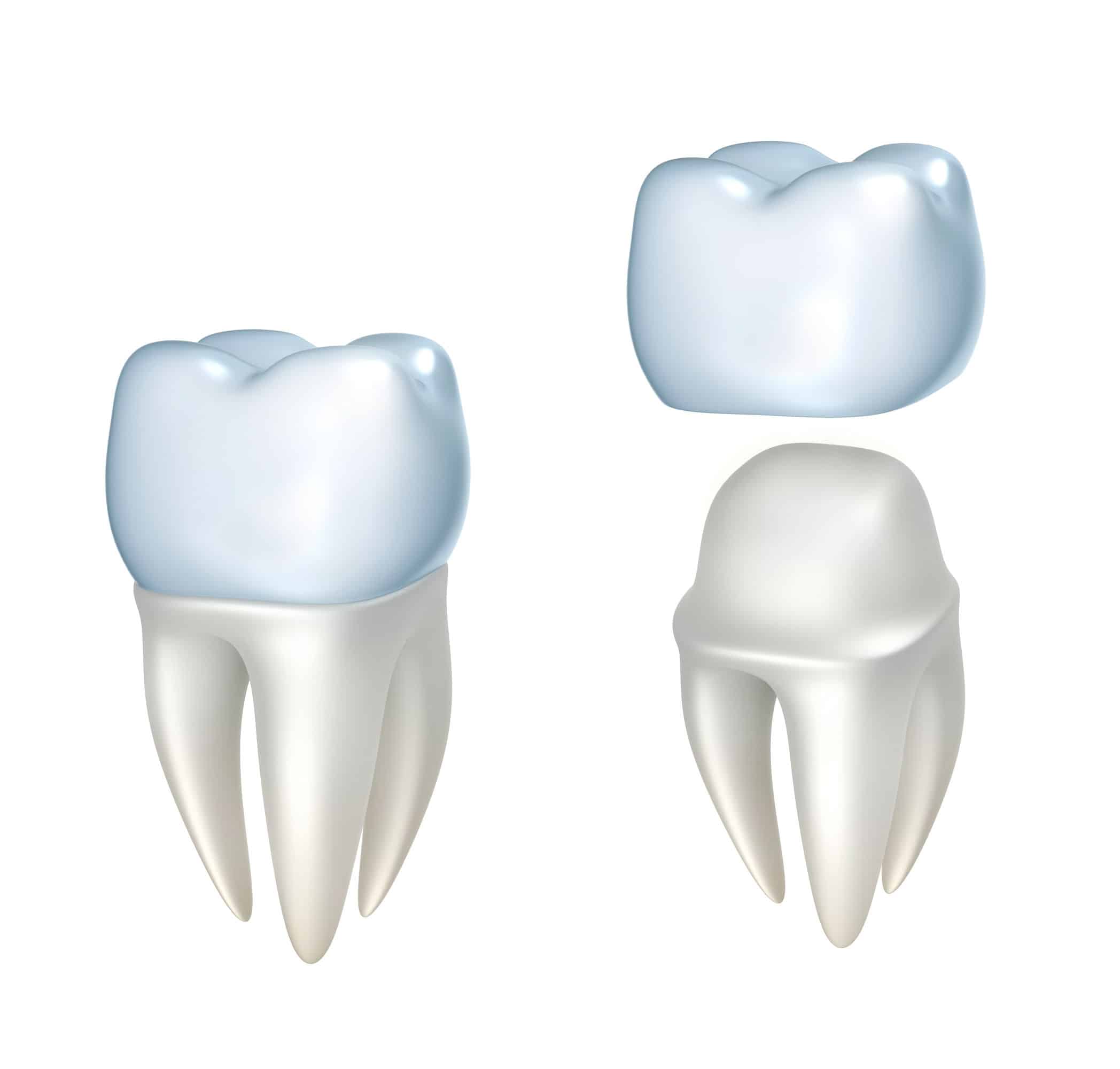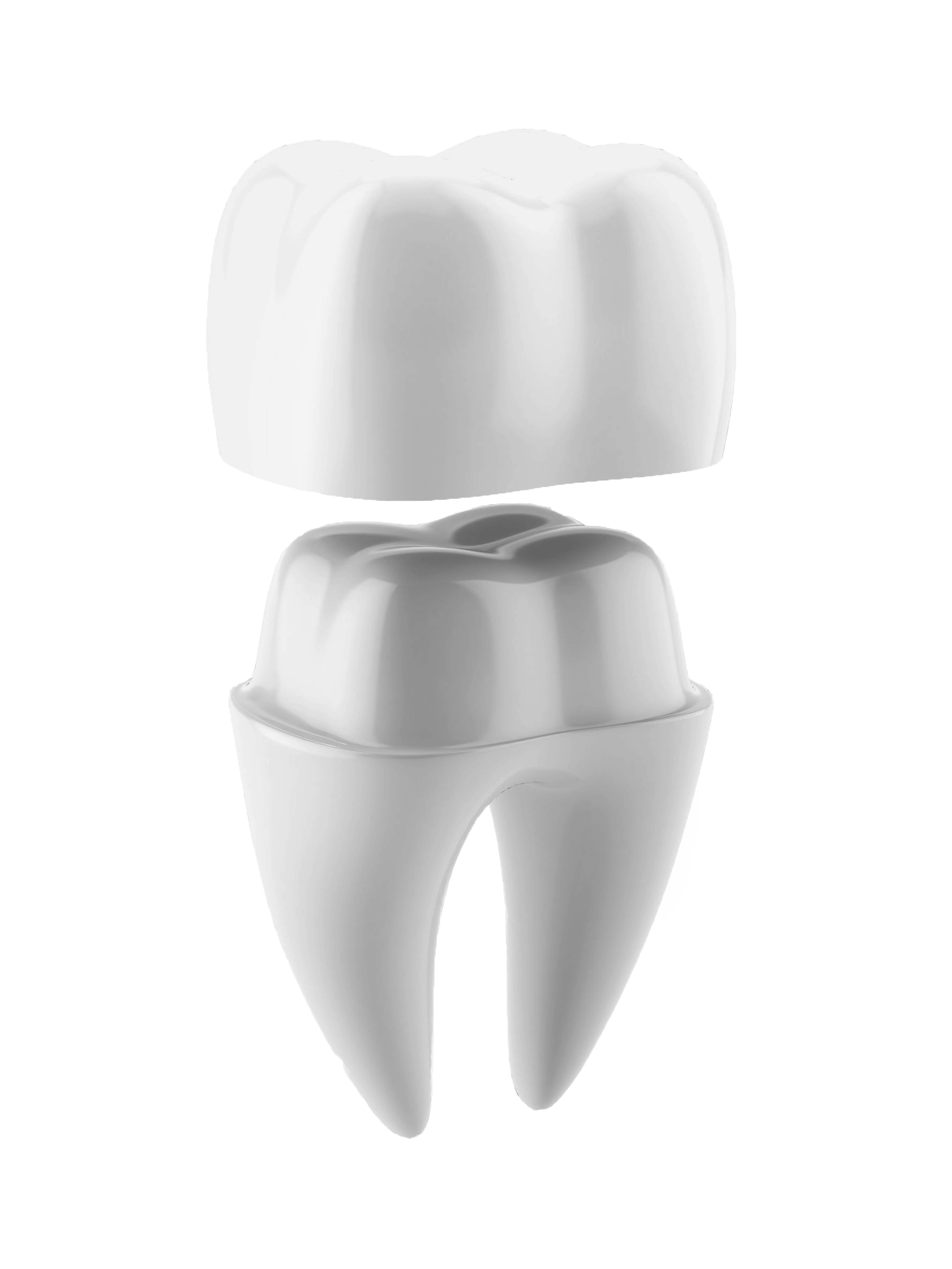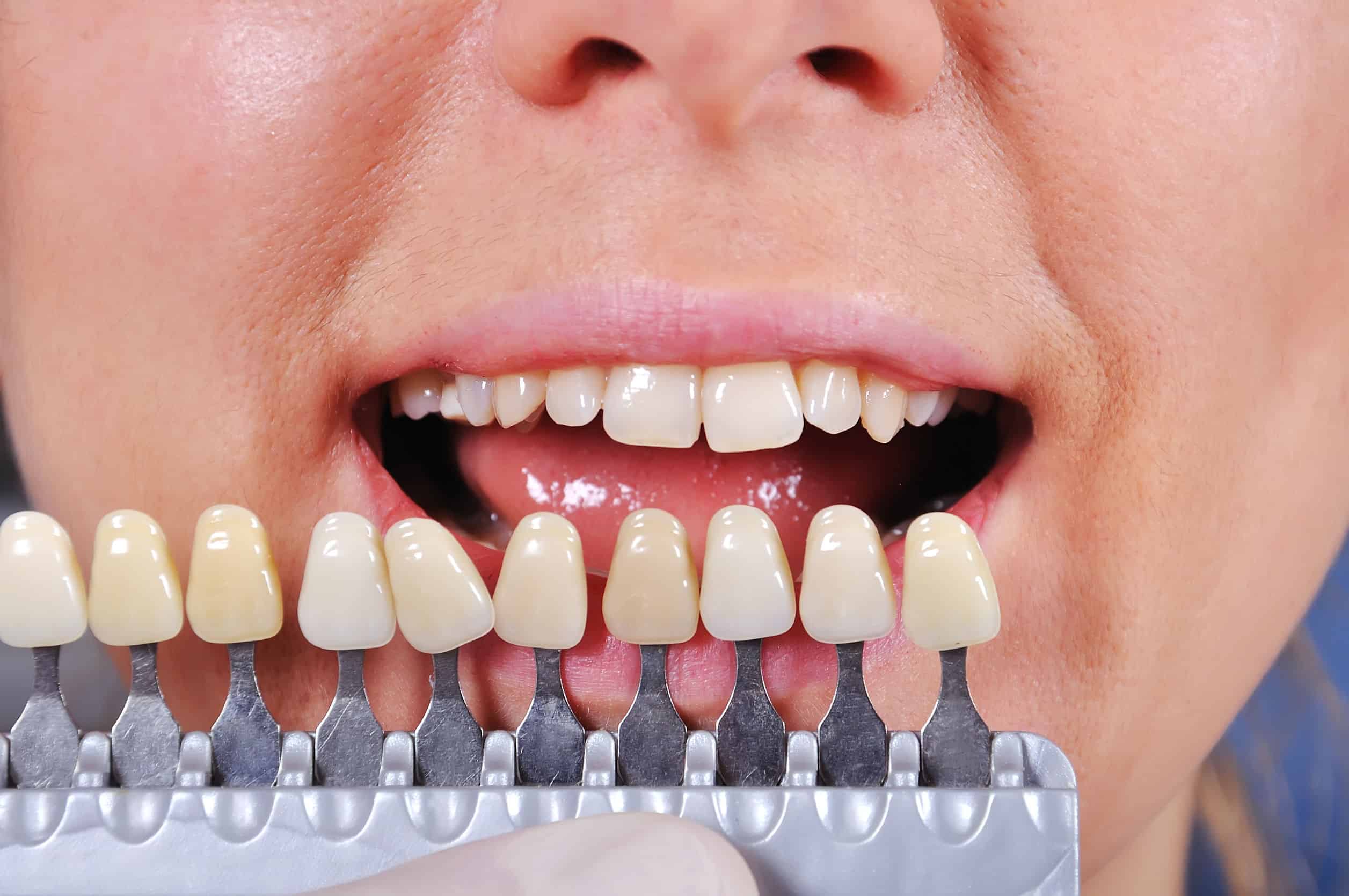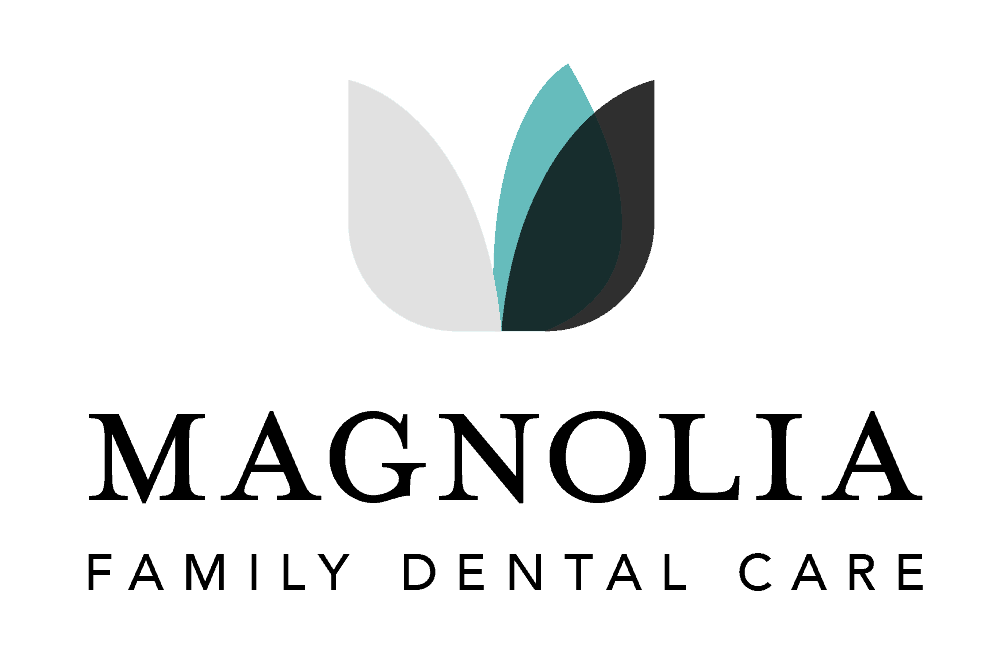
Tulsa Dental Crowns
Dental Crowns are a kind of cap that is designed to fit perfectly over a patient’s tooth. A crown procedure takes place in order to increase the strength of the tooth, restore its size and shape, or to enhance the tooth’s performance in general. After the crowning procedure is complete, the tooth is fully protected and the crown is cemented firmly into place.
When is a dental crown needed?
- A tooth is on the verge of breaking
- You need or have recntly had a root canal
- You have dental implants
- When you don’t love how your teeth currently look
Read below to learn more about dental crowns.


WHEN DO I NEED A TULSA DENTAL CROWN?
Crowns are usually needed for the following situations:
1. When Your Tooth Is On The Verge Of Breaking
If you have noticed that one of your teeth is already cracked or is on the verge of breaking, it’s a good idea to immediately seek out getting that tooth crowned because the structure of the tooth is in danger of being compromised.
Because a cracked tooth is so sensitive, you can potentially be dealing with a lot of pain. A Crown will be able to relieve you from that pain, while at the same time increasing the strength of your tooth.
2. When You Need A Root Canal
When a tooth has become infected or irreparably decayed, the most common course of action is for a root canal to be recommended to the patient. A crown will be used to help the patient’s tooth regain strength once the root canal procedure has been completed.
If these kinds of recommendations are ignored, the damage can end up being irreparable, so be sure and listen to the advice from your local dentist.
3. When You Have Dental Implants
In reality, a dental implant is just a replacement for a tooth that is missing its roots. If this is the case, a dental crown is able to replace the tooth that is missing.
After the Tulsa dental implant has been set into the jawbone of the patient, the crown goes on top of the implant. Once this is done, the patient will be able to move their jaw and even chew without any issues. The crown helps restore the missing tooth permanently.
4. When You Need Cosmetic Adjustments
Another common reason for getting a crown is when a patient’s tooth is discolored or damaged. The color of the tooth can be changed using a ceramic or porcelain crown.
A crown can also be used to cover up fillings that aren’t appealing to the eye.
If you are self-conscious about the way one of your teeth is looking, a crown can be a great solution.


We ensure that your dental crown matches the exact color of your teeth.
WHAT IS A TULSA DENTAL CROWN PROCEDURE LIKE?
At a crowning appointment, the tooth is numbed and is then shaped when there is some of the structure of the tooth that needs to be adjusted.
Depending on what the individual needs of the patient are will determine how much of a patient’s tooth needs to be trimmed back. The tooth is trimmed so that the crown can be placed with ease on top of it.
Sealant
There will be a sealant that holds the crown in place, but it’s just as important that the tooth has been shaped properly in order for the crown to stay sturdily in place for the long term.
The Dental Crown Impressions
Once the tooth has been shaped properly, the next step is that a series of impressions of the tooth will be taken. These impressions enable the crown to be a perfect fit for the patient’s tooth.
After all of the impressions have been taken successfully, they will be sent to the lab so that a cast can be created that will be used for your brand new crown. In the meantime, you will wear a temporary crown that is color-matched to the rest of your teeth.
This whole process can take between one and two weeks.
WHAT TYPES OF CROWNS ARE THERE?
Porcelain Fused to Metal
This type of crown is a very sturdy option when a bridge needs the durability that is provided by the metal and works for both front or back teeth.
Porcelain has the advantage of having a great appearance because the colors can be customized and matched to the teeth to the right or left of it. Some of the disadvantages of porcelain however are that it can chip or break, will show some wear, and can sometimes reveal a dark metal line over time.
Stainless Steel Crowns
The stainless steel option for crowns is not normally meant for a long term solution and is used as a temporary crown while a more permanent version is being prepared using a different material.
These types of crowns are used on a regular basis for children to help keep their primary tooth from decaying any further. This is so that the crown comes out naturally when their permanent tooth finally arrives.
Temporary Crowns
Temporary Crowns just like the stainless steel version, are able to be created in the dentist’s office so that your tooth can have immediate coverage.
This means your tooth can stay protected while your permanent crown is being created at the dental laboratory offsite. These types of crowns are also created using acrylic-based materials.
All-Resin Crowns
All-Resin Crowns are a cheaper version of the crown because it is made completely from resin. They are cheaper because they tend to fracture or wear down over the long term much faster than other types of crowns do.
All-Ceramic/All Porcelain
These types of crowns are considered the choice version of crown mainly because of cosmetic reasons. All-Ceramic or All-Porcelain versions of the crown are able to be color-matched to the color of your actual tooth much closer than any of the other types of crowns out there.
As an added benefit, they are a great option for patients who struggle with metal allergies.
Metal Crowns
Metal Crowns are created using certain alloys that can withstand long-term chewing or biting over the long-term and are very strong. Their durability keeps them from breaking or chipping.
The main disadvantage of these types of crowns is the color of them. Because of this, they are usually used in the back of the mouth.
CONTACT MAGNOLIA FAMILY DENTAL CARE ABOUT TULSA DENTAL CROWNS
Questions? Contact us today!
Contact information
6939 S 66th E Ave Tulsa, OK 74133
(918) 492-3771
magnoliafamilydentalcare@gmail.com
magnoliadentaltulsa.com
Our Hours
M
9AM-5PM
T
8AM-5PM
W
8AM-5PM
Th
8AM-3PM
F
Closed
S-S
Closed
